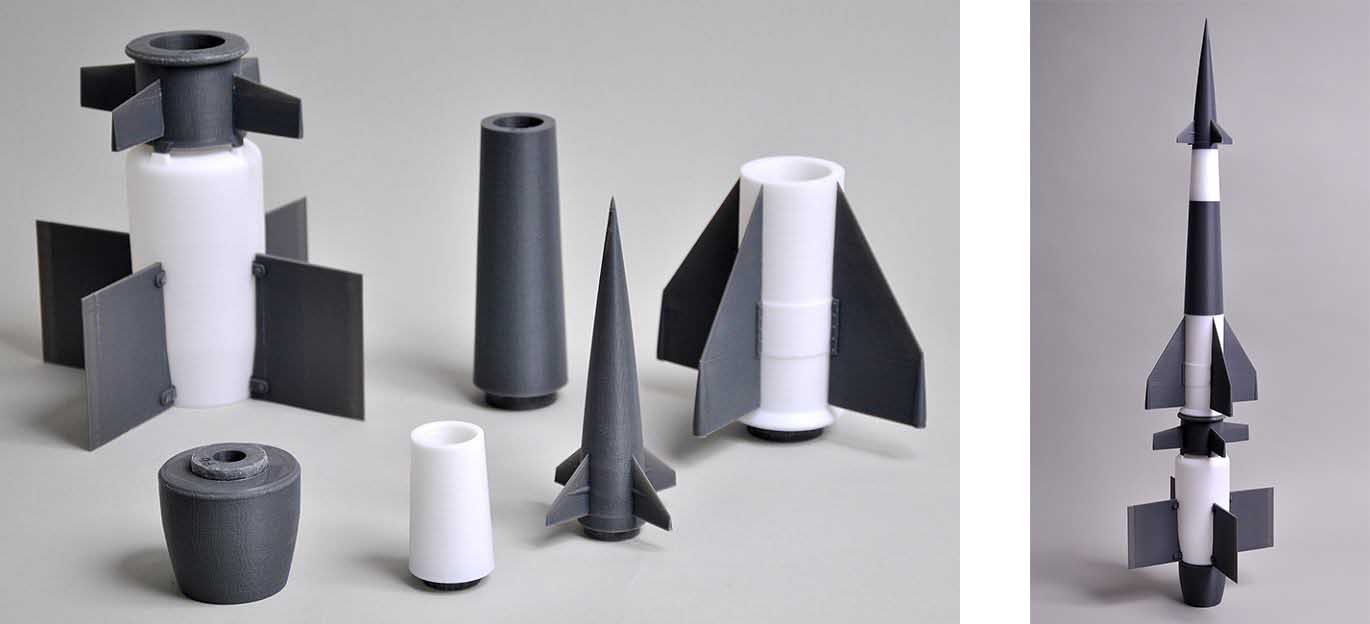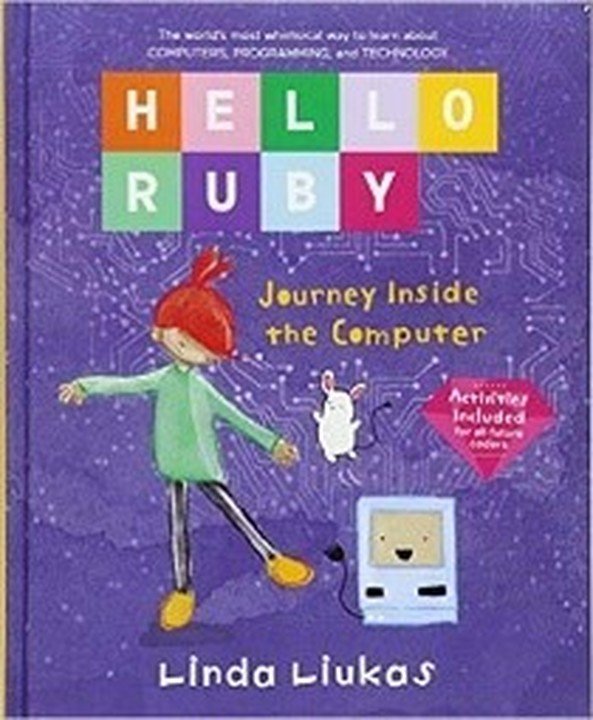Computing at Swarcliffe Primary School
At Swarcliffe, our Computing curriculum is taught in discrete lessons as well in subjects across the curriculum taught to support our pupils to develop a wide range of skills, including:
At Swarcliffe there is an understanding of the importance of being digitally literate and pride ourselves in developing these core skills within the curriculum. We encourage our children to apply all these skills to the best of their ability in all subjects.
As well as this, we endeavour to interest our children in their learning with a creative and cross-curricular approach. To do this, each term we base our quality shared texts on their current topic, which extends their learning opportunities beyond that particular subject area.
Examples of additional texts we use to enhance our Computing curriculum:
Hello Ruby: Journey Inside the Computer by Linda Liukas – Hardware EYFS
How to Code a Sandcastle by Josh Funk – Coding Year 1/2
Coding for Beginners using Scratch by Jonathan Melmoth – Coding Year 1/2
Hello Ruby: Expedition to the Internet by Linda Liukas – Search Engines Year 3/4
Hello Ruby: Adventures in Coding by Linda Liukas – Coding Year 3/4
Trapped in a Video Game by Dustin Brady – Software Year 5/6
EY Foundation Stage
Many activities in the early years revolve around children developing an understanding of their environment. Settings encourage children to explore, observe, solve problems, predicting, discuss and consider. Computing resources can provide tools for using these skills as well as being examined in their own right, with computers not the only resources. Computing equipment added to role-play reflects the real world, builds on children’s experiences and allows them opportunities to understand how, why, when and where different forms of technology are used in everyday life. They will leave the stage knowing that information can be retrieved from computers, be able to operate simple equipment and know it can be used for a particular purpose, for example, using a remote control.
Key Stage One
In KS1, one of the ways we are teaching the pupils about the language and concepts associated with computer programming is by using Bee Bots, which are simple programmable robots. Pupils are also introduced to the programme we use for coding but a more simplified version - Scratch Junior. In this programme, pupils are able to make their own backgrounds and move sprites across the screen. Teachers mainly follow the Purple Mash planning units where they are introduced to key computing vocabulary such as coding and algorithms. Prior to this, children are taught fundamental skills in computing such as logging on a laptop, closing it down correctly and saving work where they will be able to retrieve at a later date. We encourage children to identify bugs in simple programs and use the skills they have been taught to debug them.
Key Stage Two
Children in Key Stage 2 are developing a widespread use of computer programs called Scratch and Purple Mash; these programs enable pupils to develop knowledge, understanding and skills in computer programming. They use a 4th generation block coding language where children can create interactive programs such as stories, games, interactive quizzes and animation by dragging and dropping blocks of code. As children create with Scratch, they learn to think creatively, work collaboratively and reason systematically. Building on their previous knowledge from Key Stage One, children explore other areas of computing, particularly coding where they investigate different forms of input, debug their own programs, variables, what if statements, read code and make predictions about what will happen and why they believe that. Away from coding, the children learn how to utilise search engines and use them effectively. Linking to our PSHE curriculum at Swarcliffe, we look at internet safety and the importance of keeping personal details including passwords safe. In Key Stage 2 there is also an opportunity for cross-curricular links with music as they use music software to create content.
Enrich, Enhance, Excite
Throughout school our children are encouraged to use computing skills in a cross curricular way. For example, designing a sequence of instructions including angles and turns relates to maths, predicting the outcome of a simple program practices prediction skills in science, while the Internet proves very useful for research in humanities subjects. Computing enables children to present their information and conclusions in the most appropriate way.
Alongside our PSHE curriculum computing also has an impact. as children learn to work together in a collaborative manner. They develop a sense of global citizenship by using the Internet and email. Through the discussion of moral issues related to electronic communication, children develop a view about the use and misuse, and they also gain a knowledge and understanding of the interdependence of people around the world. At Swarcliffe, we recognise the harm of internet misuse and in PSHE lessons teach children how to use the internet appropriately, responsibly and safely.
As part of British values, children were given the opportunity to apply to be a digital leader. They were given a job application and were interviewed for the role. They receive training so they have the skills to fulfil the job role. Their job role includes; looking after technology around school, charging equipment and storing them in the appropriate area at the end of the day, supporting teaching staff by assisting children to log on or helping teacher with setting up for lessons, help figure out new software, attend Digital Leader meetings and keeping us up to date with new apps/games.
Wherever possible children are encouraged to publish their writing in English. Through the development of keyboard skills and the use of computers, children learn how to edit and revise texts. They learn how to improve the presentation of their work by using desk-top publishing software on Purple Mash.
Technology is changing the lives of everyone. Through teaching computing we intend for our children to be equipped to participate in a rapidly changing world where work and leisure activities are increasingly transformed by technology. It is our intention to enable children to find, explore, analyse, exchange and present information. We also focus on developing the skills necessary for children to be able to use information in a discriminating and effective way. Computing skills are a major factor in enabling children to be confident, creative and independent learners and it is our intention that children have every opportunity available to allow them to achieve this.
LKS2 - Bar Charts
Years 3 and 4 have used their computing skills to link in with our work in Maths. They have created bar charts detailing what our favourite pets are in our class. Can you tell which was our most popular pet?
Subject Information
| Name | |
|---|---|
| Cycle 1 LTP | |
| Cycle 2 LTP | |
| Knowledge Organisers | |
| Swarcliffe Skills - Computing.pdf | Download |
| Computing Progression Map.pdf | Download |
ARTofCODE Coding Day!
Year 3, 4 and 5 got the amazing opportunity to learn about the art of coding. We had a visitor who showed us the possible jobs the children could have with coding experience.
Year 3/4 staff led four different coding sessions throughout the day. The children were able to experience virtual reality in our 3D worlds session and got to see a rocket being printed with a 3D printer. Another session the children took part in was BBC's Micro bytes, they coded the £12 computer and were able to make it repeat patterns. The third session saw the children coding a robot crocodile made out of Lego! The task was centred around sensors and they managed to make the crocodile chomp down on any finger brave enough to be put into its mouth! The final session was called 'Thinking Like a Computer', this workshop taught the children about literal thinking and problem solving. The best part of the day was the rocket launch at the end! One rocket went as high as 500 feet into the air.
Resources you can access at home
Your child has access to Purple Mash, a whole world of fun and exciting learning opportunities in one safe place.
What is Purple Mash?
Purple Mash is a comprehensive suite of online learning tools and content, designed to be used by Primary aged children in the classroom and at home.
Find out more here: https://2simple.com/parents
What should you do first?
To begin with, it’s a good idea to log in to Purple Mash with your child.
We suggest the following:
- Familiarising yourself with the menu icons.
- Looking at any set tasks that have been given to your child (2Dos).
- Finding out about Class Blogs and Display Boards accessible via the Sharing Icon.
- Exploring the grammar, maths and spelling activities which match to the National Curriculum.
- Play one of many fun, educational collaborative games such as 2Race.
- Delve into the Science area and find out about all the areas of Science it covers.
- Investigate the Topics area to support securing their knowledge of the wider curriculum.
- Tour the Computing area trying out some of the tools such as 2Code, 2Go and Logo.
- Get creative in the Tools section, from making an animation to building a printable 3D model.
- Dive into Serial Mash (an online library of books).
- Learn through play in Mini Mash (For children aged 3 to 5).
How can you get more involved?
As a parent, you can find out about your child’s learning on Purple Mash and support them beyond the classroom by registering with Parent Portal.
Parent Portal allows you to easily see the learning your child has been doing on Purple Mash, including any comments on work from teachers, homework (2Dos), rewards and so much more. You will never miss out on being informed of your child’s learning as Parent Portal sends all registered users a weekly digest email. You can start using Parent Portal today by following the 3 simple steps
below.
Step 1: Enter URL on your child’s login card.
Step 2: Click ‘Register as a parent’.
Step 3: Enter the ‘Parent Code’ on your child’s login card and follow additional instructions.
If you have any questions, please contact your child’s class teacher in the first instance.
Your child has access to the free software TinkerCad, an easy-to-use 3D CAD design tool. This software allows you to design something that could be printed with a 3D printer.
Your join code is: 2CPG55TP918E
Your username is: rocketkid(numbers 1-30)
We use 3D printing for a variety of reasons. We use it to print limbs, nuts and bolt, even rockets that can be launched!

Here are some example of items you can design on this software.


































